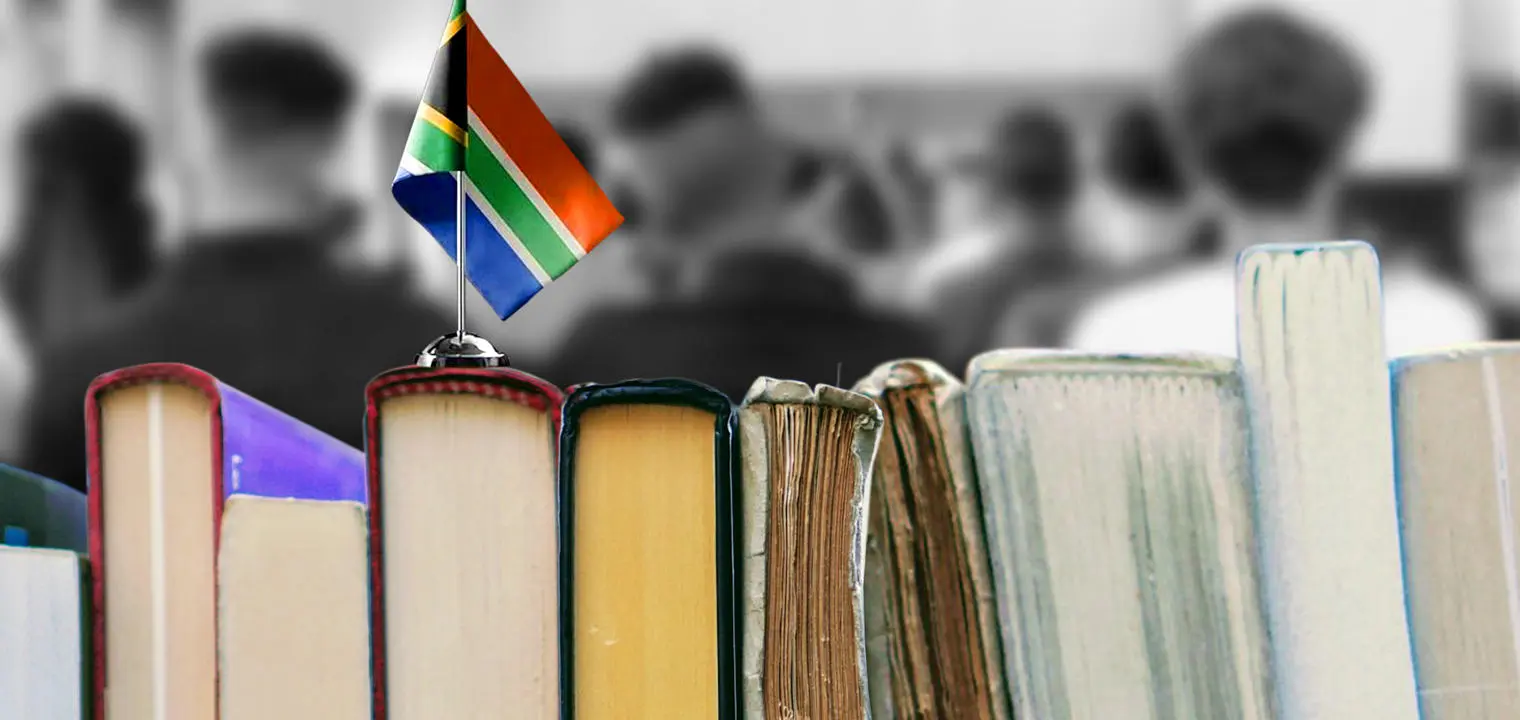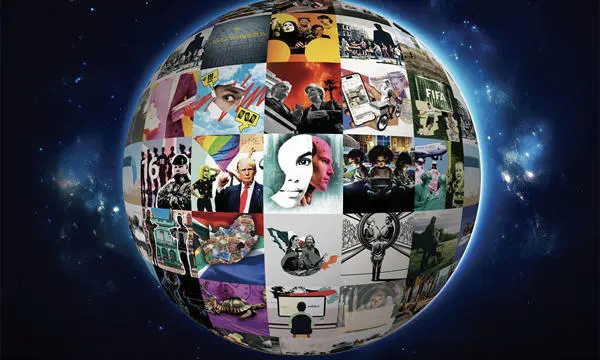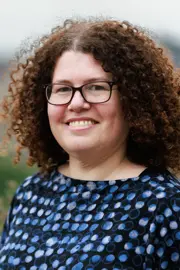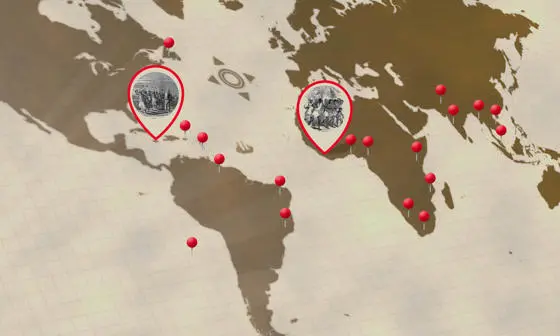Shameful pasts: why is South Africa's youth disengaged from apartheid?

Contents
"Those who don’t learn from history are doomed to repeat it." But teach the wrong lessons – particularly around events considered shameful – and is there a danger that instead of righting past wrongs, we simply reinforce the barriers and prejudices of the past?
A new book by Dr Chana Teeger, Associate Professor in the Department of Methodology at LSE, examines the teaching of apartheid in South Africa. In Distancing the Past, she argues that teachers are using techniques that encourage students to ignore present-day racial inequalities.
To understand how young people’s views of apartheid are being shaped, Dr Teeger carried out fieldwork in two schools known for their racial and socioeconomic diversity, analysing teaching materials, sitting in on classroom discussions, and interviewing 160 students and 10 teachers. "Basically I went back to high school, but I only took history!" she says.
"I was really interested in collective memory and particularly how institutionalised versions of the past are transmitted to people who haven't lived through those events. I started to see that although this is about collective memory, it’s also about so much more. It’s about racism. It’s about how young people experience contemporary inequality and about how they use – or don’t use – the past as a resource for understanding the present."
There was really an effort to distance the past from young people’s lived realities … as something that's done and dusted.
Boring, irrelevant and of the past
Dr Teeger interviewed one group of students before they started, and another once they had completed the module covering apartheid. Despite the relevance of apartheid to their own histories, students struggled to explain how apartheid affects contemporary South Africa. Students of all races reported that they found the module boring.
This detachment is not an indication of a generational malaise, however, but rather the result of the way apartheid is being taught. "There was really an effort to distance the past from young people’s lived realities. To teach them about the past, but to teach it as something that's done and dusted," she says.
"This really encourages students to celebrate the present and focus on the positives of the multiracial classroom that they're sitting in and how different their lives are now from the past. As a result, any discussions of structural continuities between the past and present or the continuation of interpersonal racism were discouraged."
Dr Teeger identifies three key strategies adopted by teachers to create this separation from the past: the juxtaposition of apartheid and the Holocaust in the curriculum; the drawing of equivalencies between white and black experiences during apartheid in classroom discussions; and the simulation of apartheid through roleplaying.
1. Juxtapositions: apartheid and the Holocaust
Apartheid is currently taught alongside the Holocaust as part of a wider human rights module; however, there is a dramatic difference in the way both atrocities are approached. While students are encouraged to consider why events happened during the Holocaust, these causal questions are absent during the teaching of apartheid, which is drier with a focus on dates and laws.
"What this does is frame apartheid as a finite period, when there were gross violations of human rights but which have now ended, rather than embedding it within a history of colonialism and dispossession, and this limits the ability to tell the long causal story that stretches into the present."
2. Equivalencies: avoiding the victim and oppressor narrative
The way teachers managed discussion around apartheid was also problematic, with teachers steering discussion away from the issue of who in society might have benefitted from the regime.
"Teachers focused on the victim-perpetrator binary and shied away from discussions of beneficiaries. Within this binary, they really tried to complicate the narrative so that students didn’t think that all whites were perpetrators and all blacks were victims. So they would make points like some white people resisted apartheid, or some black people collaborated with the regime. The way teachers introduced these topics made it difficult to understand apartheid as a system that privileged one group of people and discriminated against another," Dr Teeger explains.
This resulted in the shutting down of legitimate debate about how the legacies of apartheid can be felt today, says Dr Teeger: "If you complicate the historical narratives so students can't make assumptions about people in the past based on their race, then they also can't make assumptions about people in the present based on their race."
3. Role playing apartheid
Dr Teeger is also critical of the exploration of apartheid through simulations – roleplays carried out at one school, which saw white and black students segregated in the classroom for the duration of the apartheid section. Although teachers said they ran these simulations to help students develop historical empathy, Dr Teeger finds they served more to trivialise the issue, with students overwhelmingly viewing them as a bit of fun or a joke.
"The exercise is, in theory, supposed to make the past close, but it actually makes it more distant, because it sends the message that, absent this simulation, you wouldn’t know what it’s like to be segregated or discriminated against," she says.
The way teachers introduced these topics made it difficult to understand apartheid as a system that privileged one group of people and discriminated against another.
Allowing racism to go unchecked
All these approaches reinforce the concept of apartheid as of a bygone era. Dr Teeger expands: "Students felt that apartheid had little relevance to their lives. They said that some older white people are still racist, but that race doesn’t matter that much for their generation. In particular, they criticised black South Africans who, in their view, focused too much on the past, describing them as holding onto grudges or wanting revenge. They even spoke about this idea of there now being a ‘reverse apartheid’ –a kind of ‘reverse racism’.
"So these ‘rainbow nation’ schools that are celebrated for their diversity – actually what they’re doing is teaching lessons about the past in a way that allows racism to continue unchecked."
Dr Teeger stresses that teachers were not necessarily adopting these approaches maliciously, highlighting concern over class unity and cohesion, as well as a belief that too much focus on inequalities of the past could negatively impact their students.
She says: "Teachers don’t want white students to feel guilty about the past, but they also don’t want black students to feel angry, or for classroom cohesion to break down.
"There’s also the idea that they are developing students for the future. Because if you want to get ahead in South Africa, if you want to go to university or enter a workplace – all white-dominated spaces – you can’t arrive and talk too much about the past, or the racism of the present. It’s possible, for a number of reasons, that [teachers] taught these lessons thinking they were doing their students a favour."
School should be a place where difficult topics can be explored.
A difficult past, however, cannot be adequately confronted without difficult conversations. "Teaching young people about enduring racism doesn’t necessarily mean that you’re putting it on them, so I’d like to see teachers thinking about what it might mean to engage with conflict in the classroom as opposed to always trying to avoid it," Dr Teeger says.
"School should be a place where difficult topics can be explored. It’s not about feelingbad as individuals; it’s about asking what can we do better collectively and how can we work to address the legacies of the past."
Dr Teeger would like to see the simulations stopped altogether, but her strongest policy recommendation is to change the thematic approach to apartheid within the curriculum: "It’s quite clear to me that it doesn’t make sense to embed apartheid in this human rights module. Teachers can absolutely make connections, but the juxtaposition seems to limit the kind of historical story that's being told about apartheid."
Ultimately, she argues, history teaching should explore how the years of apartheid can still be felt and experienced in South African society today. "We’ve seen in recent movements like Rhodes Must Fall that young people are making these connections between the past and the present. In the schools I studied, however, when these ideas did come up, they were shut down by teachers very, very fast.
"Making connections between past and present has the potential to cause conflict," says Dr Teeger, "but avoiding these connections is not a neutral endeavour. If we want to deal with inequality in the present, we have to be willing to look at how it is structured by history."
Dr Chana Teeger was speaking to Jess Winterstein, Deputy Head of Media Relations at LSE.
Download this article as a print-optimised PDF [262KB].




